About the Corporation
Founder: Shigeki Morimura
Thoughts on opening the school
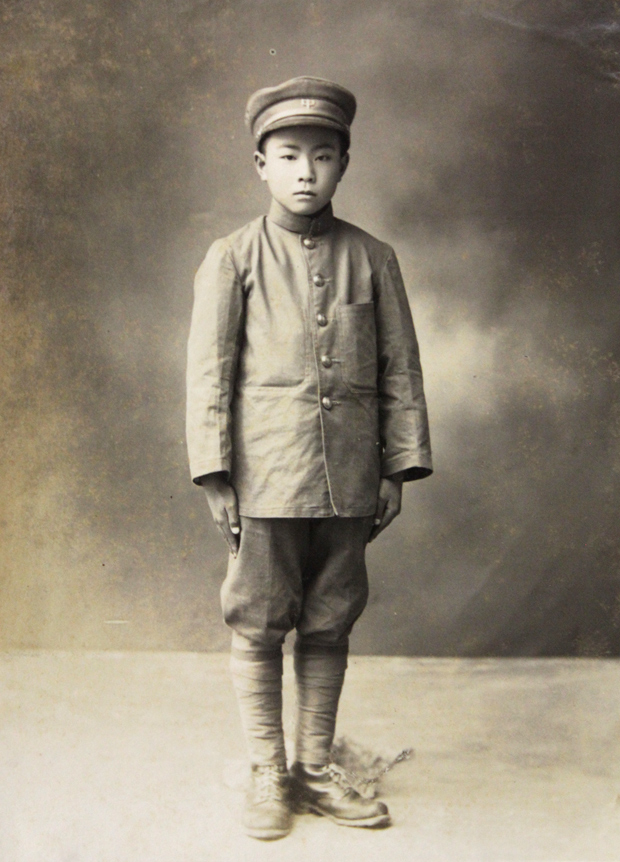
background
Shigeki Morimura, founder of our university, was born on March 21, 1916 (Taisho 5) in Amagasaki, Hyogo Prefecture. In 1937 (Showa 12), he entered School of Medicine at Tokyo Imperial University (now the University of Tokyo) to follow in the footsteps of his father, a psychiatrist, and graduated in 1941. In the autumn of the year he graduated, his father, who had been working hard in his medical practice, passed away at the young age of 53. This was a time of turmoil as the Second Sino-Japanese War gave way to the Pacific War. Morimura was assigned to the front lines as a military doctor, and after a period as a prisoner of war following Japan's defeat, he was appointed director of Mukogawa Brain Hospital in May 1947 (Showa 22).
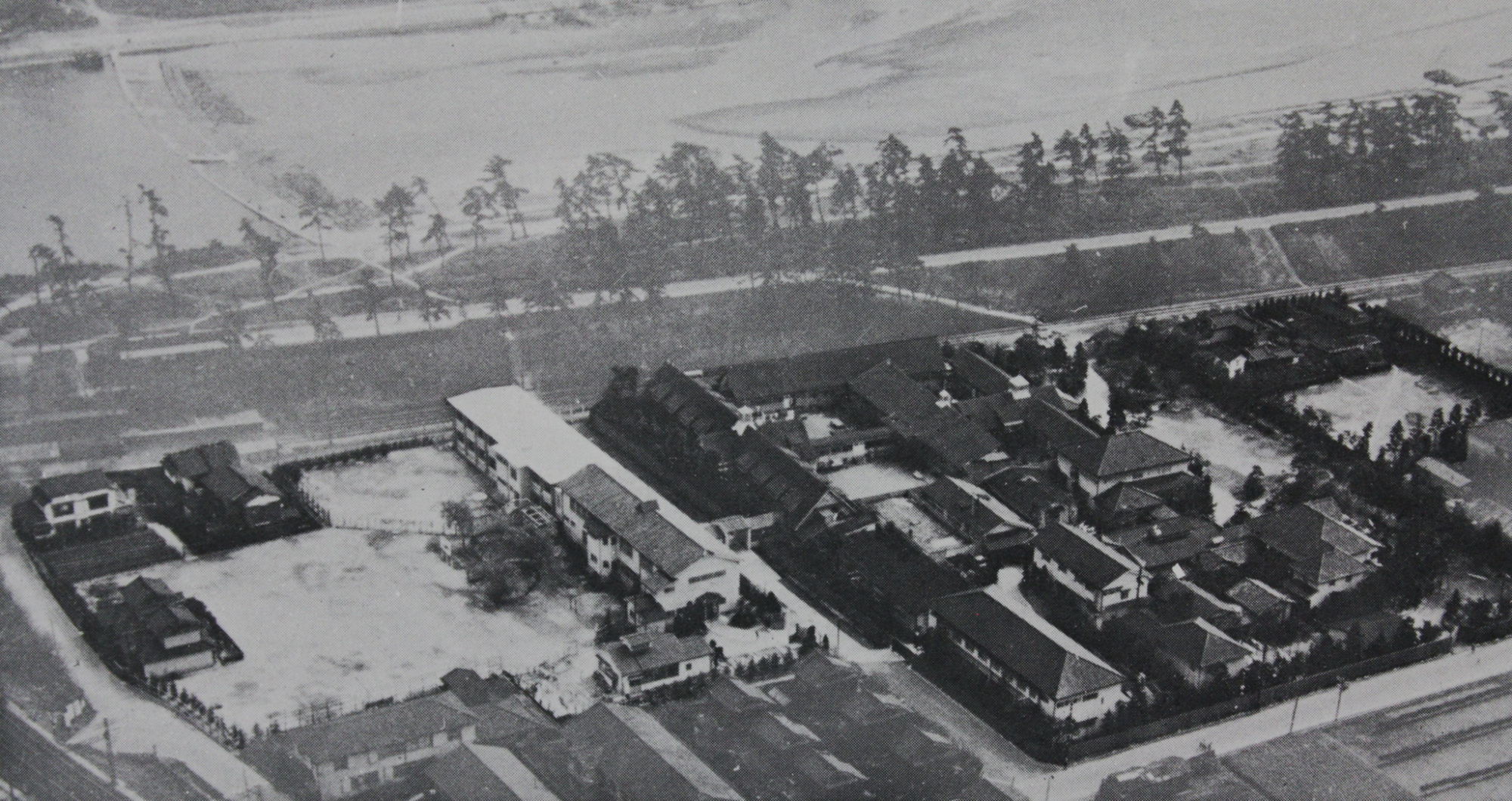
Activities at Mukogawa Hospital
Mukogawa Hospital, where Morimura served as director, was a regional medical center that devoted itself to providing relief and treatment to alcoholics, drug addicts, and other people who had been abandoned by society. In particular, he received donations from the Red Feather Fund to help patients addicted to Hiropon, and established the Ninmyokai Foundation and opened the Red Feather Therapy Center, a treatment facility. He also focused on new psychiatry and psychology in the West, and engaged in pioneering research and medical activities in Japan in the fields of behavioral therapy and behavioral medicine. He received a doctorate in medicine from the University of Tokyo for his research into anti-alcohol drugs, and helped alcoholics return to society and was also involved in psychiatric evaluations of alcoholic criminals.
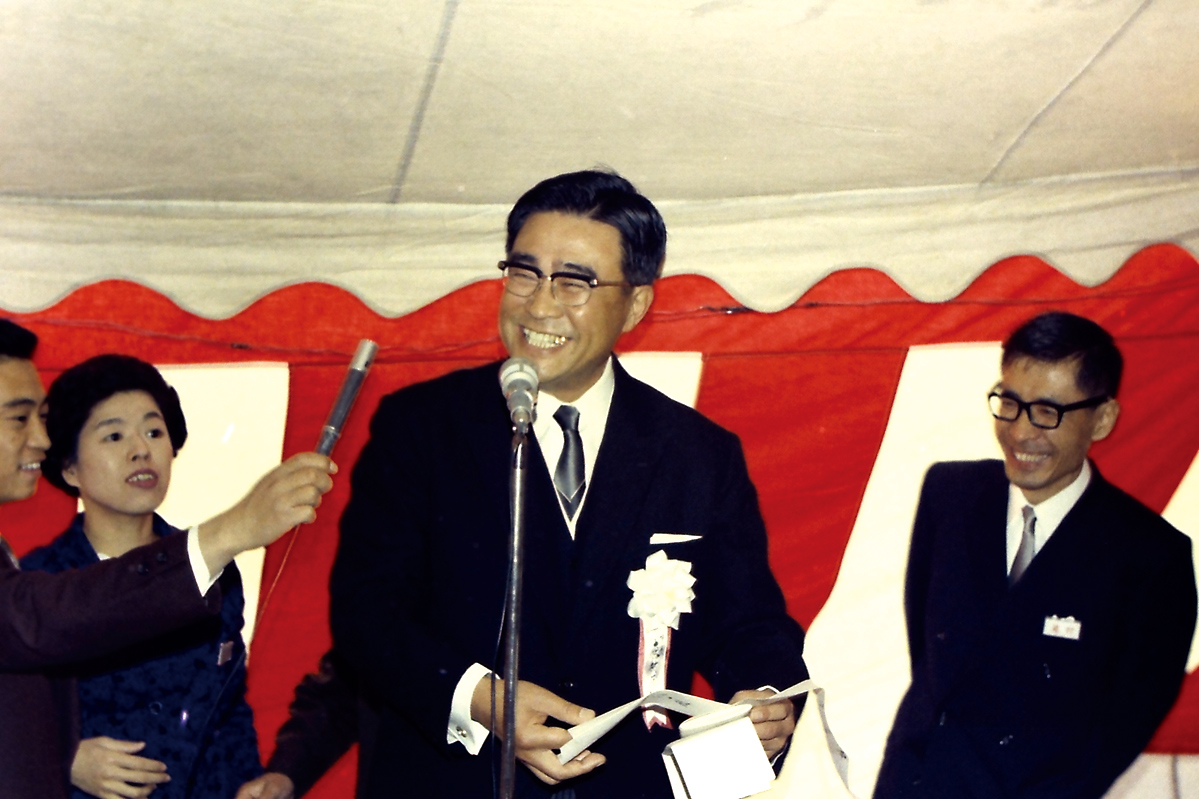
Aiming for community medicine
Morimura was very quick to take an approach to community medicine and social welfare medicine, and the Ninmeikai Foundation established a pediatric ward for severely mentally and physically disabled children at Akaihane Hospital. It donated land to the social welfare corporation "Koyama Welfare Center" and took over the medical care and operation of the "Mukogawa Children's Garden," a facility for mentally retarded children. It also devoted itself to social welfare activities, such as establishing "Koyama Gakuen" for mentally retarded children, "Kojuen," a special nursing home for the elderly, and "Sunako Rehabilitation Center," Hyogo Prefecture's first facility for severely mentally and physically disabled children.
While engaged in medical care and various support activities, Morimura felt the limitations of the hospital as a psychiatric hospital alone, and began working to turn "Shin-Mukogawa Hospital" into a general hospital in 1959. A new hospital wing was added in 1961, and in 1968, "Shin-Mukogawa Hospital" was expanded to five floors and a general medical building was also completed, marking the start of the hospital's path to comprehensive medical care.

The dream of becoming a "medical university" and working towards its opening
In May 1970 (1970), Morimura invited stakeholders and collaborators inside and outside of Shin-Mukogawa Hospital to hold the inaugural meeting of Hyogo Medical University Foundation Preparatory Committee (Mukogawa Medical University initially applied, then changed to Hyogo Medical University). The establishment of a university requires not only a large amount of money and a large land area, but also educational and medical facilities and excellent human resources. Morimura invested his own money and was determined to establish the university.
At that time, as a condition for approval, it was pointed out that "private property must not be found on the land of the university," and Mukogawa Hospital had to be demolished, so I proceeded with the preparations for the establishment of Mukogawa Hospital in the midst of the "pain of birth." On November 22, 1971 (1971), the establishment of the university was approved on the second application, and all efforts were devoted to the opening of the university in the following spring.
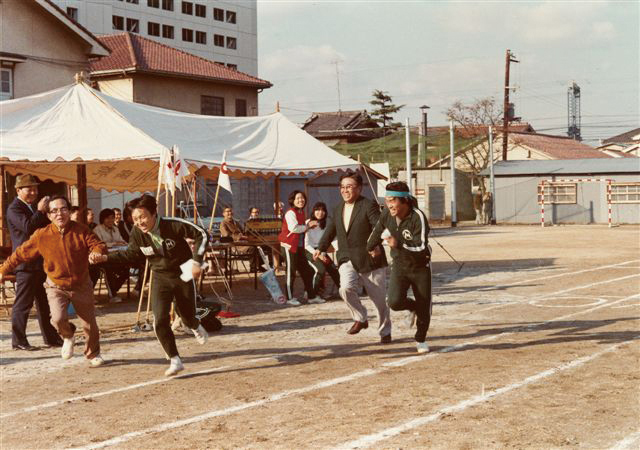
Popular
With the help of many people who were attracted by Morimura's personality, the school was built step by step and a system for education, research and medical treatment was established. Hyogo Medical University opened in April 1972, and the first entrance ceremony for Hyogo Medical University was held on the 10th of the same month.
Even after the university opened, the professors and other staff were full of enthusiasm, with new dreams, hopes and desires welling up in their hearts. Morimura enjoyed discussing the future of the university and the nature of education and research with them, and he treated students as if they were his own children, talking to everyone and looking forward to talking with them.
Collection of Shigeki Morimura's quotes and statements
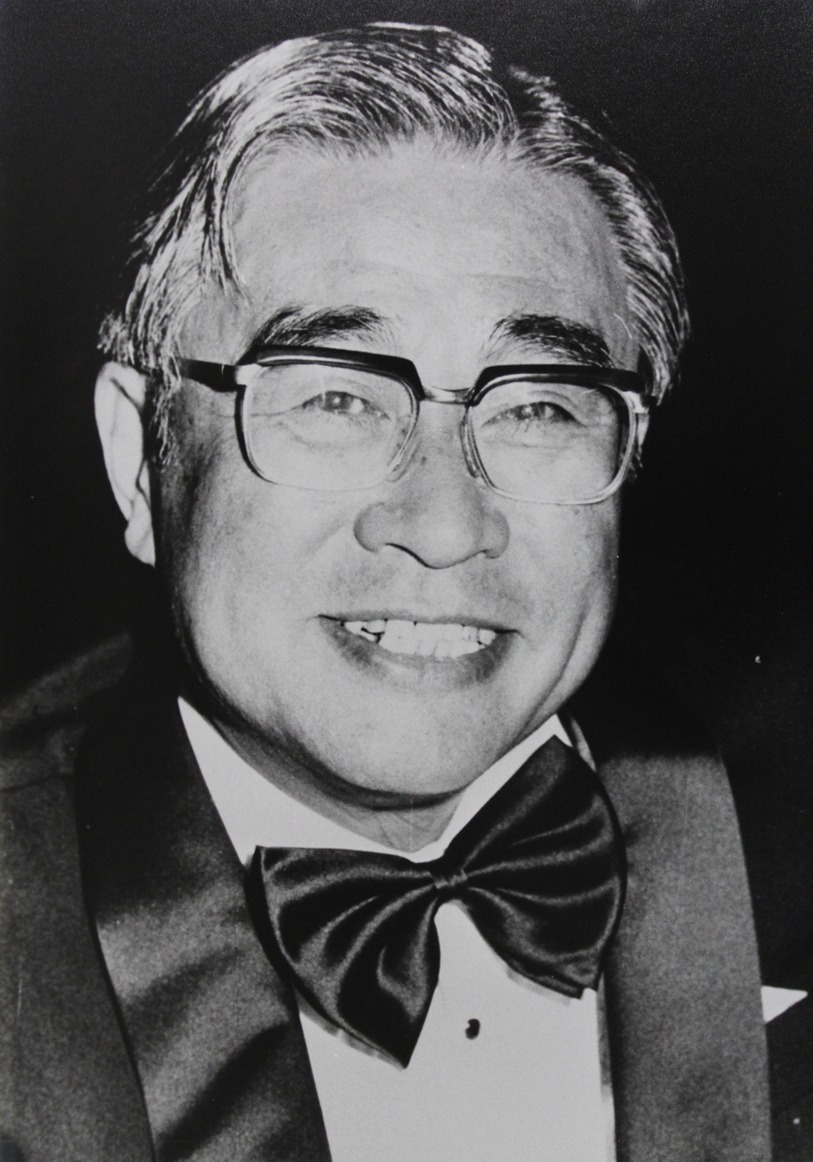
"Live a life that will leave a stain on history"
"Don't become a specialist idiot."
"The path to becoming a true specialist is to acquire general knowledge and have a wide range of hobbies and interests."
"To develop capable and effective doctors who are filled with compassion, wisdom, and creativity"
"The traditions you create will determine the fate of this school."
"Culture is a broad perspective."
"Don't kill time impulsively. Be a great enjoyer with no regrets."
"Write beautiful poems on a blank notebook"
"I want to leave some kind of mark on the progress of humanity."
"Come back to your alma mater anytime."
"I want you to study medicine with a broad perspective, one that considers the welfare of humanity."
"The original basis of medicine is love for others"